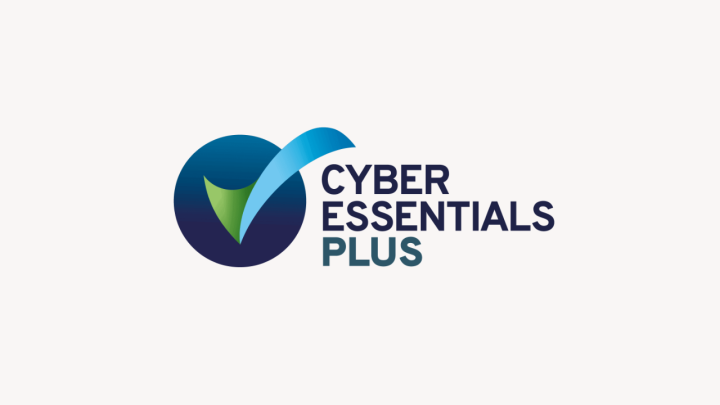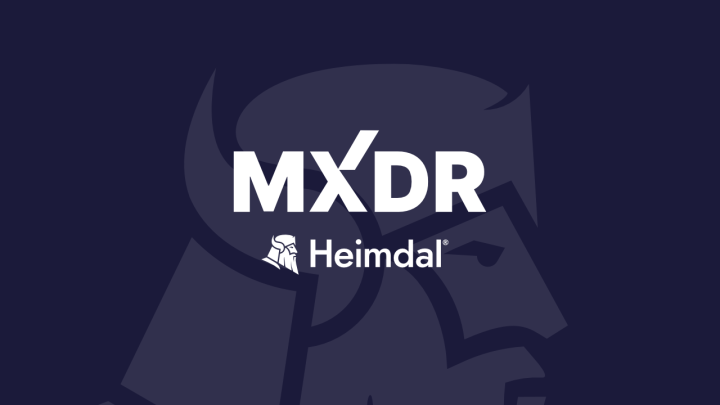NetSec | OSI Group

We’re excited to be writing about our newest client, OSI Group.
We have been engaged to help support OSI with numerous projects, primarily focusing on the global network infrastructure refresh program. As the business continues to grow, OSI have seen the importance of IT investment and have put a focus on refreshing their environment. We’re looking forward to the benefits they will see over the coming months through a digital transformation journey.
A little about OSI
OSI is the premier global supplier of custom food products to the world’s leading food service and retail brands. They specialise in custom food product development and global supply chain management, OSI assist in sourcing all the way through to processing and distribution. With more than 65 facilities throughout 18 countries, and 20,000 employees, their resources and reach is unparalleled.
We have highlighted enhancements to be made in OSI’s IT environment, and we are working together to focus on bridging the gaps and deploying bespoke solutions to fit the needs of the business. We will be replacing a complex multi-vendor legacy network to a simplified modern Cisco and CATO software-defined network.
Our focus over the coming months will be as follows…
Global Network Infrastructure LAN Refresh
Our managed services team will redesign and upgrade the global network infrastructure across 15 sites throughout the UK and EU. The migration will include migrating from HPE switches to Cisco’s latest 9000 family series. As part of the project, our focus will be consolidating where necessary to reduce unused and underutilised network devices which can be replaced with more modern technology.
Migration to SD-WAN
The strategic decision to migrate to SD-WAN was made in order to improve connectivity between global locations using a global private backbone, securely access the Internet everywhere without deploying point security solutions, and enforce a unified policy across remote locations.
CATO is the provider of the world’s first SASE platform, converging SD-WAN and network security into a global, cloud-native service. Using Cato, organisations can easily migrate from MPLS to SD-WAN, optimise connectivity to on-premises and cloud applications, enable secure branch Internet access everywhere, and seamlessly integrate cloud data centres along with mobile users into the network with a zero-trust architecture.
Network Access Control Implementation
Before we start, our approach will include reviewing the top three market-leading vendor solutions to align with the most fit-for-purpose, value-for-money, and optimised technology.
The Network Access Control solution driver is to implement 802.1X security across all global site LANs (Local Area Networks).
The initiative is to improve wired security across all sites and align with the infrastructure roadmap.
The NAC solution will allow OSI to have improved control through identity and role-based policies, RADIUS wired and wireless solution, and integration to single-pane management platforms.
Improved Monitoring Solution
This project will see the existing monitoring platform utilisation being increased to reduce overheads through discovery automation, improved incident alerting, and seamless integration to the JIRA ticketing platform.
These changes will be hugely beneficial for the business and OSI can expect to benefit from the following:
Increased visibility throughout their operation
Increased automation, reducing overheads.
Increased hardware capabilities, boosting application and system performance, and policy
Growth without hindrance, there will be no hardware and software limitations as the business scales
Policy-based network access control, increasing network visibility and cybersecurity
You might ask yourself “are these challenges common in large businesses?”
From the work we’re doing at NetSec we have found that these challenges are very common throughout distribution and manufacturing type organisations. This is apparent especially when internal IT teams don’t have the skills required to update and adapt with technology changes. We also find these problems are more prevalent with global organisations due to the acquisitive approach they often take.
These problems can exist for numerous reasons. Generally, we found the causes to be:
A lack of IT investment
Expansion quicker than the IT team can grow
Lack of in-house skills to keep up with market changes
Detachment between infrastructure teams, e.g., networking, server, storage, security
Low visibility of emerging technologies and defined roadmap to migrate from legacy to modern solutions
We are hugely excited for the coming months of working with OSI through developing a key strategic partnership as they undergo this transformation program.
We will be continuing to document this exciting project as we progress and continue to give you some insights into the positive impacts technology is having in the industry.
The NetSec Team


